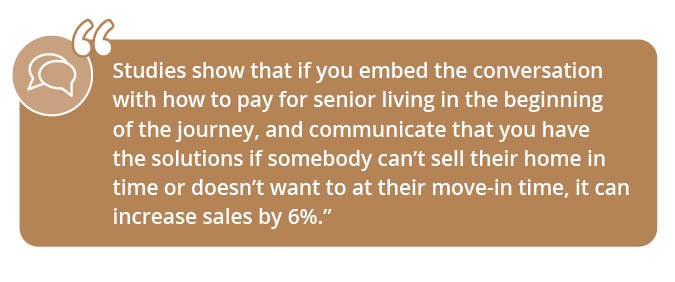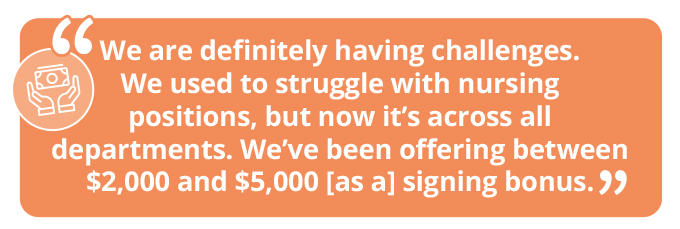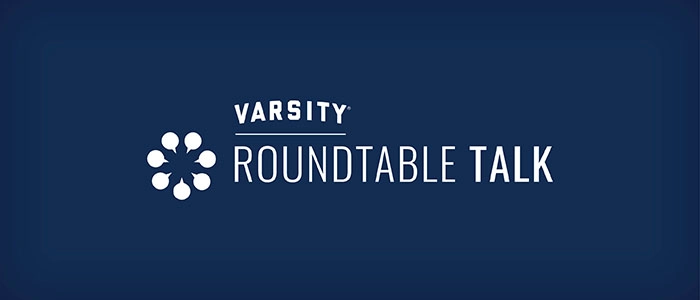You’ve heard all the ageist cliches: Act your age. You’re no spring chicken. Old dogs can’t learn new tricks. You’re out of touch with society. And so many more.
Is there any truth to these? Probably not. But here’s what we did realize about pop culture: You don’t have to be young to be relevant.
Negative comments about aging and biases against older adults are pervasive in our lives. Which is why it’s so refreshing to see that pop culture has been debunking some of those stereotypes. Essentially, you can be mature and relevant, and we’re seeing proof of that in everything from toys to music.
Justice for older women
Let’s talk about former Supreme Court Justice Ruth Bader Ginsburg, who was always an influential public figure throughout her career. But it wasn’t until her 80s when she truly became a pop culture icon. The film “RBG“ details her unlikely rise to stardom, including how she was lovingly nicknamed “Notorious RBG” by her fans.
Thanks to the wildly successful “Barbie“ movie, the iconic, sexagenarian brand is more popular than ever — with consumers of all ages. Most notably, director Greta Gerwig used the movie to challenge age-related stereotypes of women in the film industry. Barbie’s longevity has impacted many generations, and it’s refreshing to see that impact get updated in a positive way. For example, last fall Mattel released a limited-edition Stevie Nicks Barbie doll, whose style and dress pays homage to the 75-year-old Fleetwood Mac singer.
Musicians don’t seem to age
Look at Mick Jagger and Keith Richards, both 80, who released their first Rolling Stones album in 18 years last fall. Yes, it’s true, society is still worshiping these octogenarian rockers — and rightfully so. Their “Hackney Diamonds” album even features guest appearances from the likes of Lady Gaga, Stevie Wonder and Paul McCartney.
Speaking of McCartney, 81, he’s another example of a musician who’s not slowing down anytime soon. Last year alone, he put out his “Eyes of the Storm” photography exhibition and accompanying book, a new podcast, finished up his Got Back tour and released the last Beatles song, “Now and Then.”
Also last year, 76-year-old Elton John completed his Farewell Yellow Brick Road tour. That’s after his relentless touring over the past 50-plus years, playing nearly 4,600 shows in 80 countries.
At 90, Willie Nelson released his 74th solo studio album, “Bluegrass,” and was inducted into the Rock & Roll Hall of Fame. He continues to tour and perform.
And we can’t forget how Dolly Parton stole the show when she appeared at the Thanksgiving day Cowboys-Commanders game dressed as a Dallas Cowboys cheerleader. She’s still got it at 77.
TV is the fountain of youth
This mature and relevant theme continues on TV. In fact, “Golden Girls,” four older women turned roommates, does seem to get better with age. After over 30 years since it last aired, its sassy dialogue still resonates with many, particularly millennials and the LGBTQ+ community.
There are also newer TV shows that play up older stars. “The Golden Bachelor” featured Gerry Turner, 71. Jane Fonda and Lily Tomlin were brought back into the spotlight with TV series “Grace and Frankie.” More than 30 years after the end of “Cheers,” Ted Danson is still being celebrated on TV, most recently with “The Good Place“ and “Mr. Mayor.” Michael Douglas starred in the “The Kominsky Method,” a show about an aging, once-famous actor who now makes a living as an acting coach. And even Carrie, Miranda and Charlotte are as chic as ever in “And Just Like That …“, the “Sex and the City” sequel. Only this time they’re dealing with issues like teenage kids and menopause, all while debunking media stereotypes of over-50 women.
We’re just scratching the surface. There are endless examples of pop culture giving old age a fresh look. Maybe it’s because there’s an unprecedented population growth of people 65 and older. Or maybe society’s perspective has simply broadened to be more equitable to all ages. In any case, Jamie Lee Curtis, who won the first Oscar of her career for “Everything Everywhere All at Once” at age 64, said it best: “This word ‘anti-aging’ has to be struck. I am pro-aging. I want to age with intelligence, and grace, and dignity, and verve, and energy. I don’t want to hide from it.”














